Part 2: The Three Jewels from Kumamoto to Hitoyoshi/Yoshimatsu – The SL Hitoyoshi, the Isaburo/Shinpei and the Kawasemi/Yamasemi
Welcome to the second part of our series on sightseeing trains in Kyushu! In the first part, we have introduced the basics of railway travels in Kyushu, and now we will get on to the “real” part. We will first talk about three trains, that connect Kumamoto and Yoshimatsu along the Kuma river. You may recall from the last article that, together with a Shinkansen from Hakata to Kumamoto and another sightseeing train from Yoshimatsu to Kagoshima (covered in our next article), this makes a perfect day on train!The SL Hitoyoshi
Steam engine trains. If that didn’t make you think about the smoke and the loud cry it lets out, then at least think about Harry Potter and the famous Hogwarts Express in it.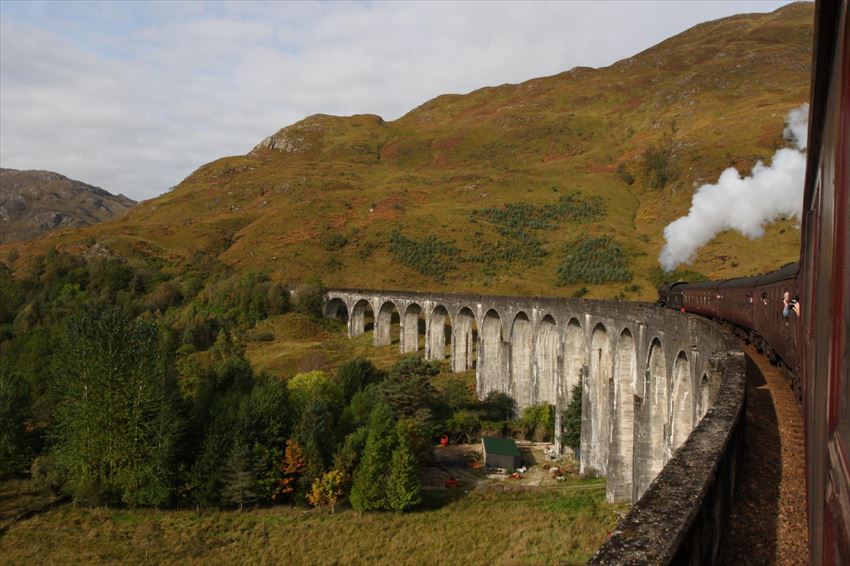
(Source: David Brossard@flickr)
Electrically powered trains
In this age of electrically (or at least diesel) powered trains, we no longer use coals, not least because of the environmental impact and the inefficiency. But that doesn’t stop people nostalgic of the past from recreating the memory but in a more enjoyable way: hence the SL Hitoyoshi.
The Steam Locomotive
Let’s start with the steam locomotive –– which “SL” stands for: it was built in the pre-Showa Taisho era (1923) and kept running (equivalent to 84 times around Earth) until around 1976. After that, it was once put on display in a museum in Hitoyoshi, but was revived after reparation in 1989. It is now manned by around 3 trainmen, and if you have a moment, take a look at the process of adding coals to the engine!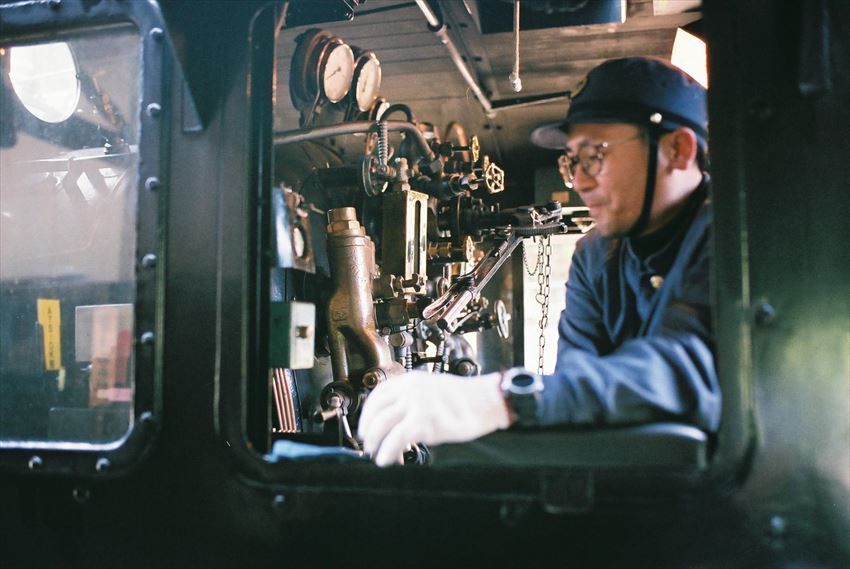
Carriages
The carriages after it, however, are all refurbished and modern. There is electricity, so the air conditioning keeps you away from the (a bit unhealthy) smoke from the charcoal.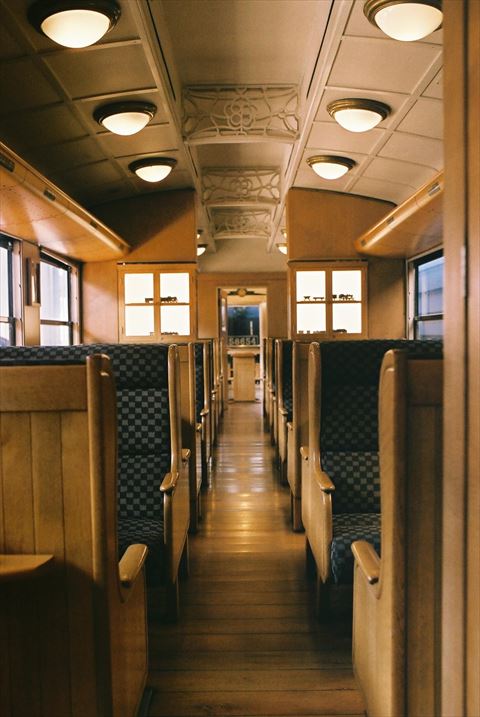
Interior in train
They are entirely different from normal passenger trains in terms of design. There are three carriages in total. There is a lounge in the first, and another end at the back, with abundant windows and comfortable open seats providing excellent spots for photo shooting or just relaxed enjoyment.A tip
You would have thought the first cart has better view, but no, because it is partially blocked by the steam locomotive! We recommend the last one, actually.Map
Take a look at the street view of the interiors of the SL Hitoyoshi that JR Kyushu has put up on Google Map:
Scenery
As the train leaves Shinyatsushiro (新八代), it will be running along the meandering Kuma River (球磨川).
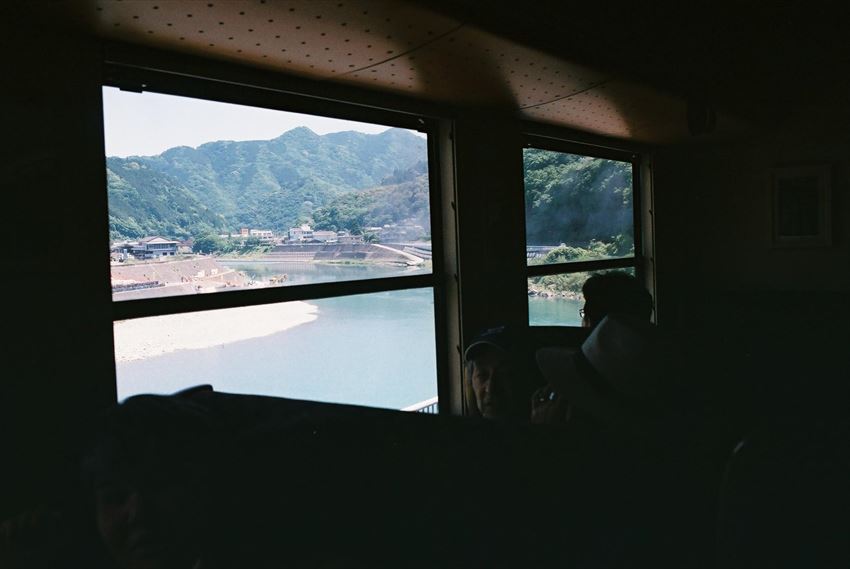
Black steam train. Emerald river. Red bridge. Green forest. Blue sky.
The view is breathtaking.
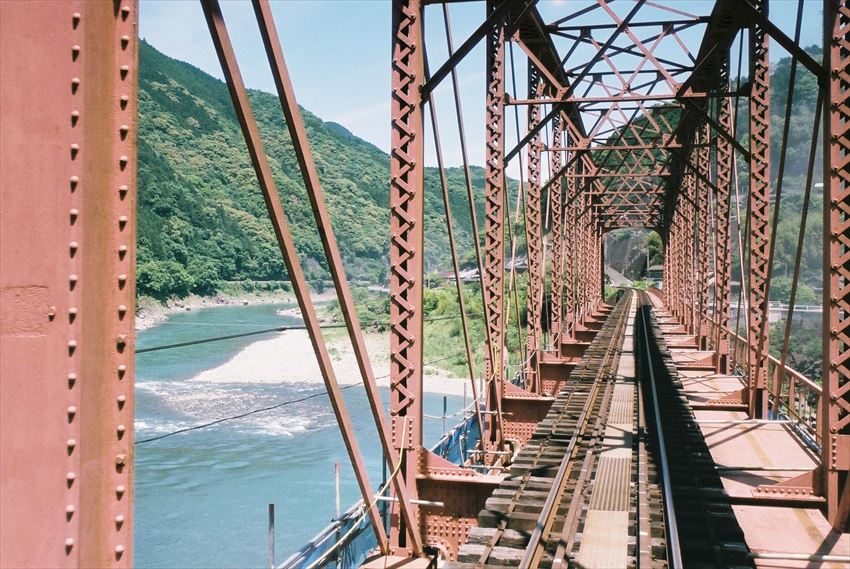
Photo spots:“First Kuma River Bridge” (球磨川第一橋梁)
The first photo spot, also one that we recommend, is the “First Kuma River Bridge” (球磨川第一橋梁) – and the best place to view or shoot it, in our opinion, is the last lounge. As it crosses the bridge at around 11:00 . We recommend you to move to there at around 10:45 to secure the seats facing the rear of the train.
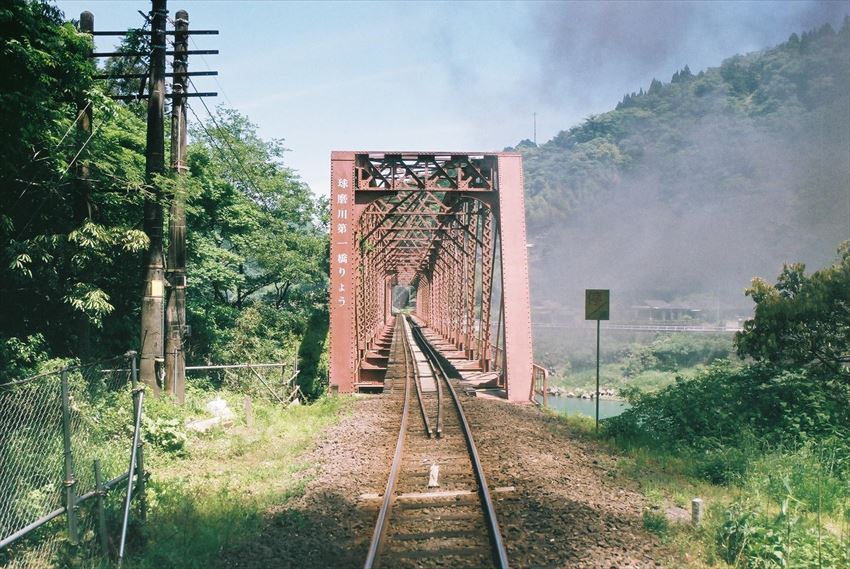
Enjoy the view of the side line
Perhaps because of the steam engine, the train is running at a very low speed compared to modern trains (only 60km/h, according to the trainwomen). This gives you a very good time to enjoy the view!
Children
If you’re travelling with kids, there’re great news for you!
First, there are special small seats specially designed (in the lounge). Also, the trainmen/trainwomen will be carrying small yellow cards as memento for boarding the train: only to children!
Later, they will also be carrying small, smart trainmen uniform and cool hats for the children to “cosplay” and take pictures.
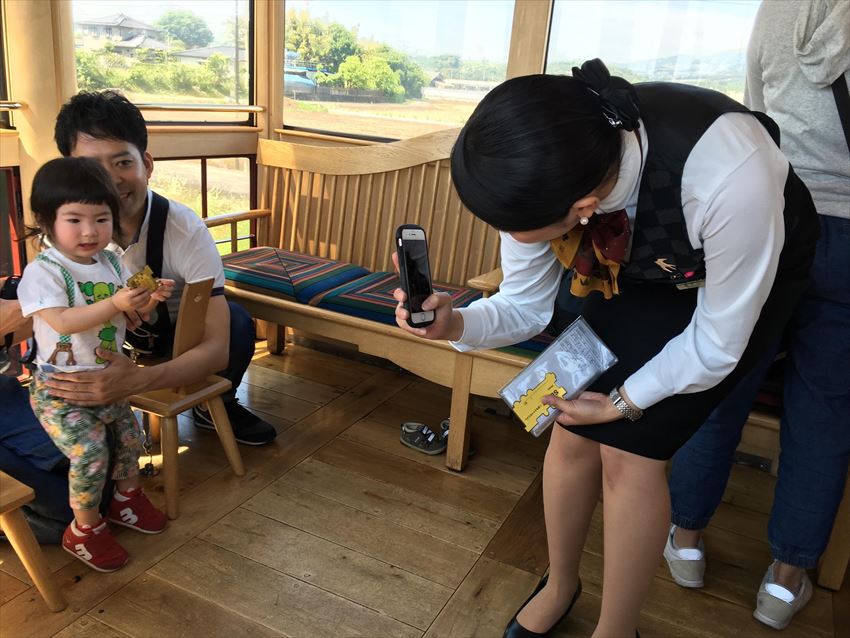
Menu of the food
Almost all of the D&S trains have some kind of food and drinks on sale in the train. How about the SL Hitoyoshi? Apart from ordinary snacks, drinks and souvenirs, there are three special food on sale, which together make a satisfying meal
for one: a nostalgic bento wrapped in big leaves, a pack of coal roasted horse (馬刺し), and cider (non-alcoholic) (altogether 1,430 yen) It seems that they actually produced the same bento as it was sold in the old days on the train!
It was delicious, with the savory nishime (煮染め) (chicken and vegetables simmered in a little highly soy-flavored broth until the liquid is almost gone) being perfectly accompanied by the two styles of onigiri.
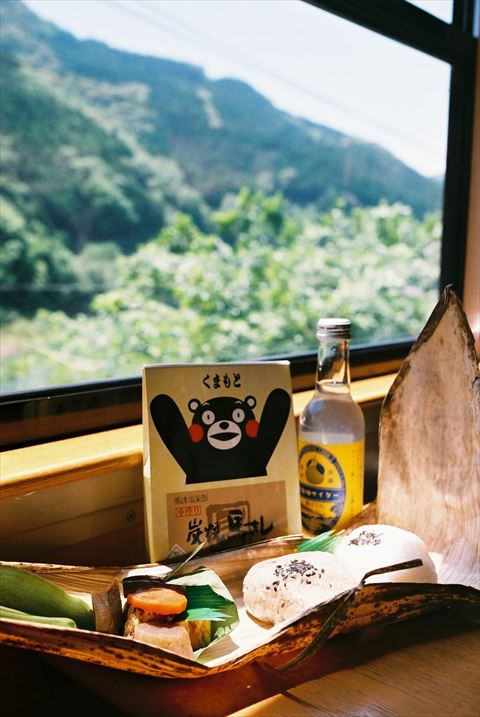
Points to Note
We cannot stress enough the importance to book in advance: not just because it is by reservation only (no non-reserved jiyu seats), but there is only one train every day, and the train only runs on weekends and holidays.
We are highly recommended to do so after you buy, but before you first use it. Though, if you travel in pair/group but fail to get connected seats, you can still get together in the “open” seats in the train: just make sure, in that case, that you get to them early, just like the normal non-reserved seats!
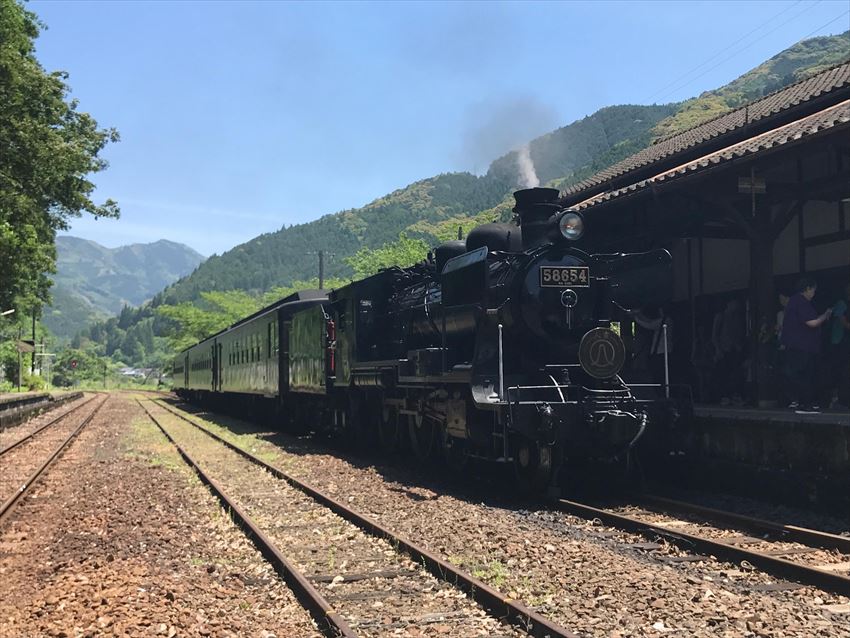
The old station
Another thing you may be interested is that the train will make several brief stops (all in old stations, which provide excellent backdrop for photo). You can buy local produce at local markets at one of the old stations. The train will make brief stops at.
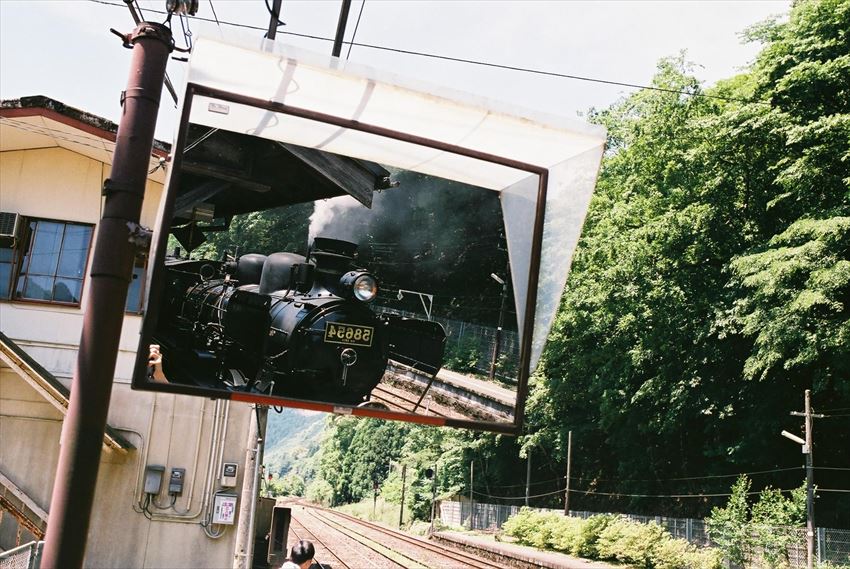
The Kawasemi/Yamasemi
There is another line overlapping with the SL Hitoyoshi, that is the new Kawasemi/Yamasemi, also from Kumamoto to Hitoyoshi. It is only launched this year, starting from March!
Kawasemi is the car in blue and Yamasemi is the one in emerald. Together, they make up the two-car train. Both words are species of birds (as known as kingfisher), though unlike in English, the birds’ names in Japanese also mean “jade” (kawasemi) and “mountain jade” (yamasemi).
Although we have not taken it (due to the overlap), we did enter the carriage. It was similar to the SL Hitoyoshi in that both are well furbished sightseeing carriages, but it seems that the Kawasemi/Yamasemi (unsurprisingly) are newer, more luxurious and even better decorated.
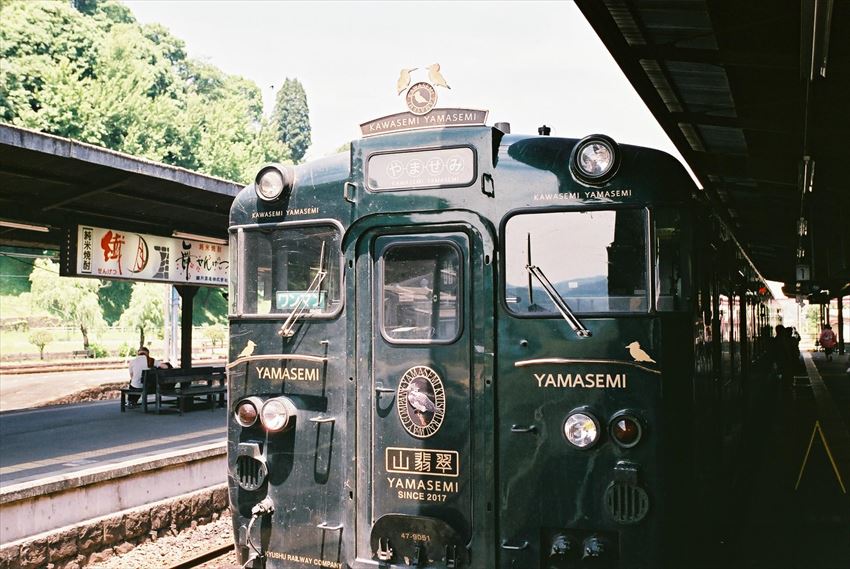
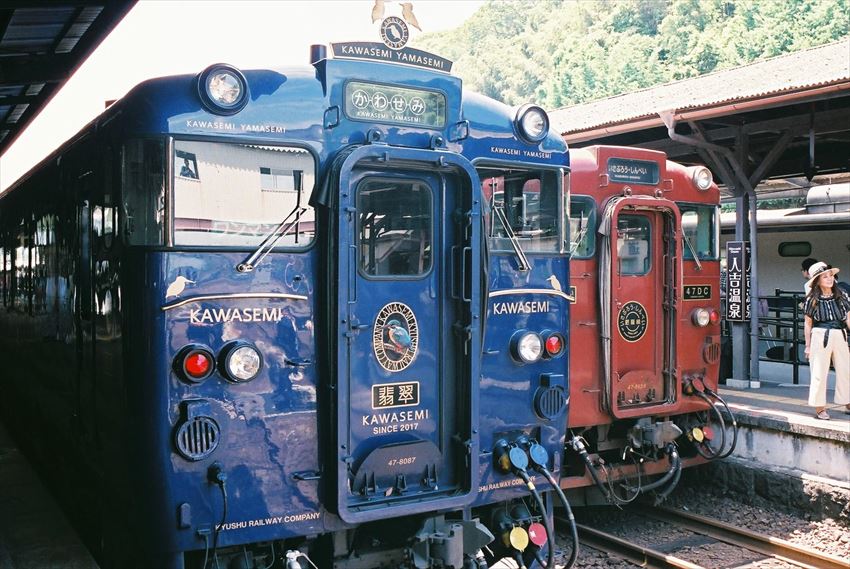
Kawasemi in front and Isaburo/Shinpei at the right
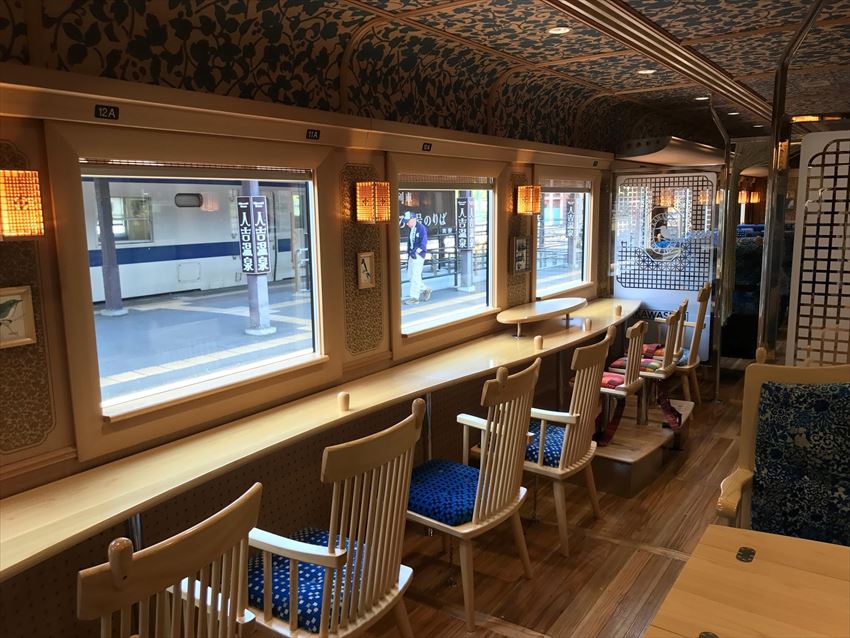
Public gallery seats in Kawasemi/Yamasemi
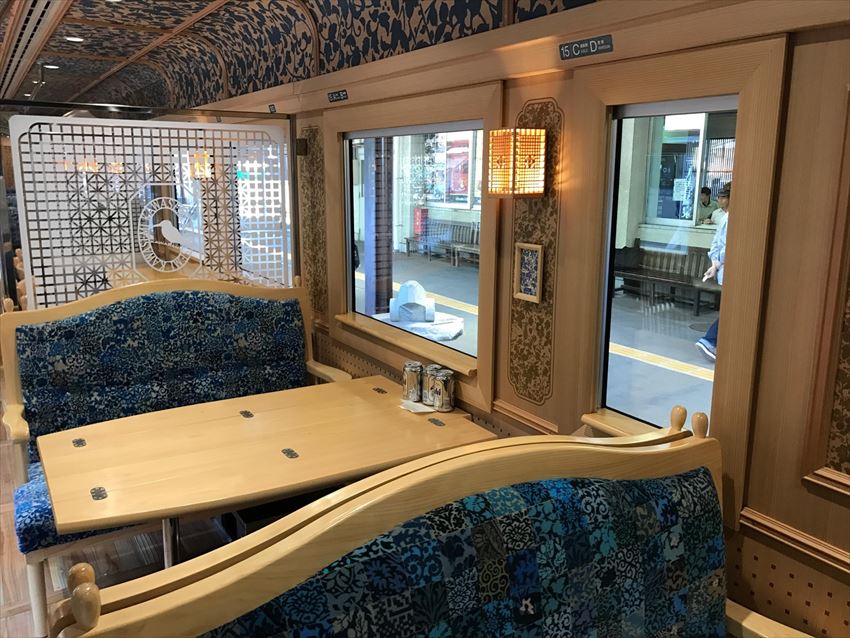
Table seats in Kawasemi/Yamasemi
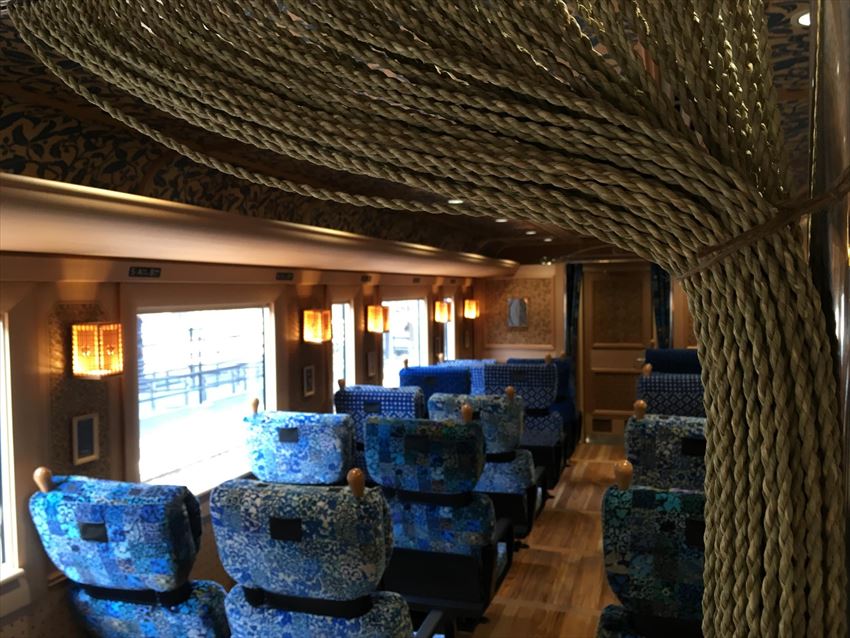
The Isaburo/Shinpei
The Isaburo/Shinpei is a train linking from Kumamoto to Yoshimatsu. They refer to the trains used in the two directions:
● the Isaburo (or Isaburou) is from Kumamoto/Hitoyoshi to Yoshimatsu
● the Shinpei (also Shimpei) from Yoshimatsu to Hitoyoshi/Kumamoto
They are named after two important figures responsible for the construction of railway in Kyushu at the time of the railway’s construction (Minister of Communications 山縣伊三郎 and Minister of Railways 後藤新平).
Given SL Hitoyoshi and Kawasemi/Yamasemi, we only took the Isaburo from Hitoyoshi to Yoshimatsu!
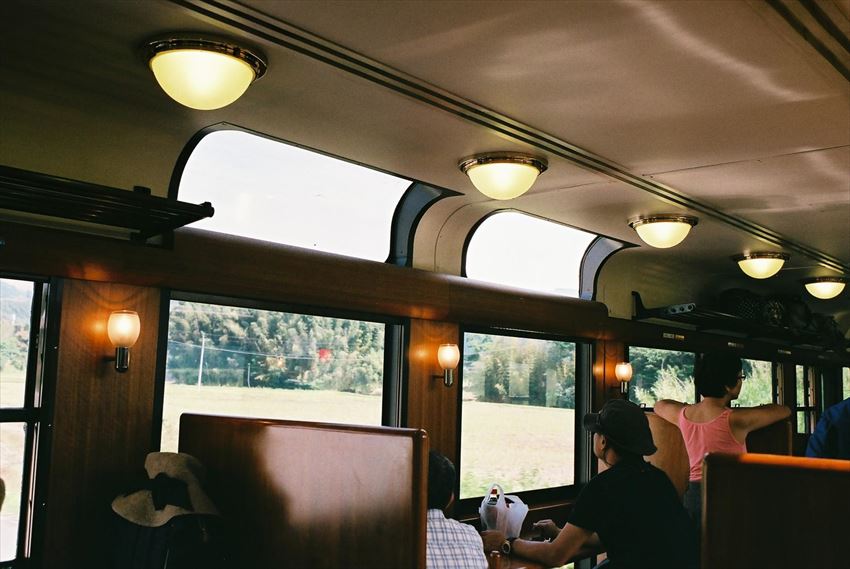
view of the Mount Yatake (矢岳)
There is public gallery seats with big windows for you to enjoy your meal while having a full-screen view of the beautiful Mount Yatake (矢岳).
Map
You can take a look at the interior of the train on Google Map:
The “three train windows” of Japan (日本三大車窓)
Called one of the “three train windows” of Japan (日本三大車窓), the train been operating from 1996, though the current special carriages are in operation since 2004.
The train will first travel, passing Okoba, to Yatake. Between Hitoyoshi and Yatake, there is a difference of 430.3 meters (where the Tokyo Tower can fit). Interestingly, the train will enter a “loop”, just for the passengers to enjoy the scenery.
Also, at scenic spots, it will run slowly to allow passengers a good look at the view. We recommend you to reserve seats on the left if you are travelling on the Isaburo (vice versa).
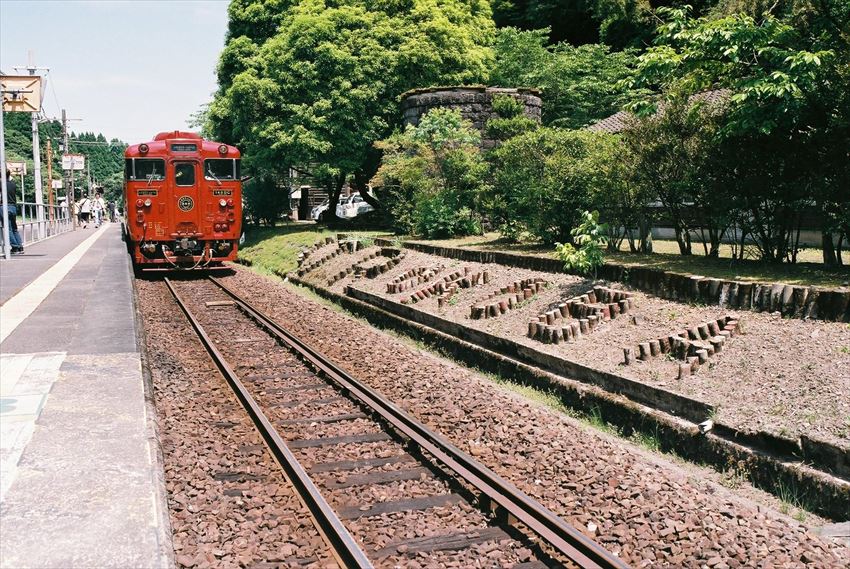
Okoba Station
Masaki真幸
The last stop –– Masaki真幸 – means true felicity in Japanese. It is said that the ticket of this station brings good fortune. Also, on the platform there is a big bell. The sign next to it reads, amusingly, that if you want a little bit of felicity, ring once; more, twice; and if you want to be very happy, then thrice!

The bell of good fortune, and the trainwoman counting the time.

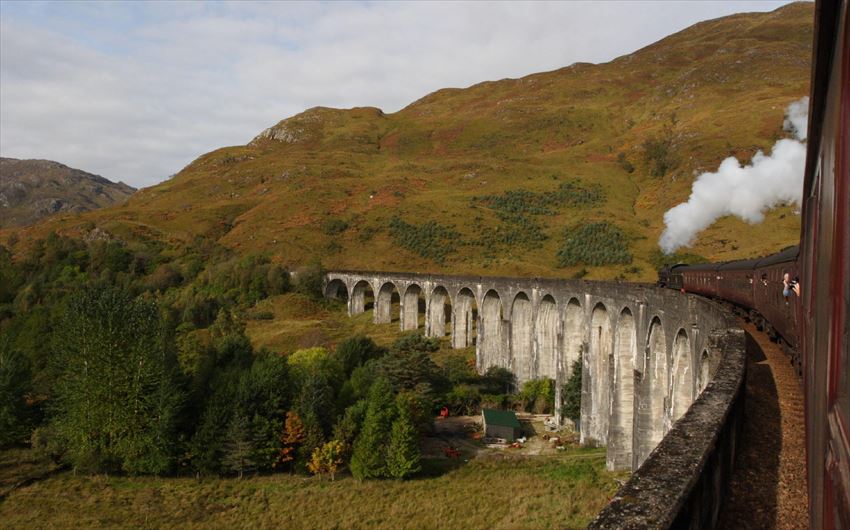
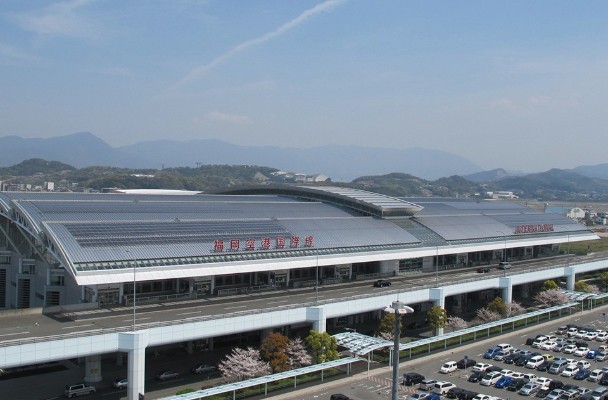
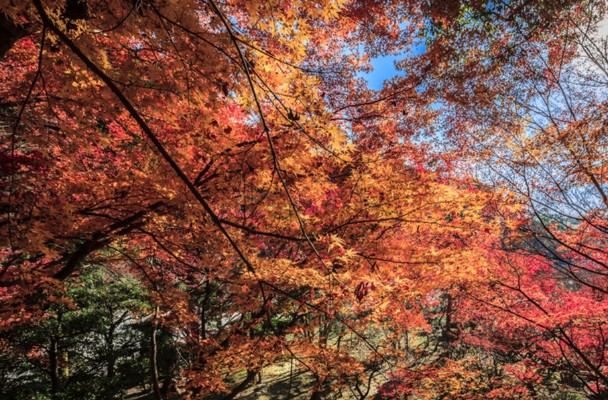
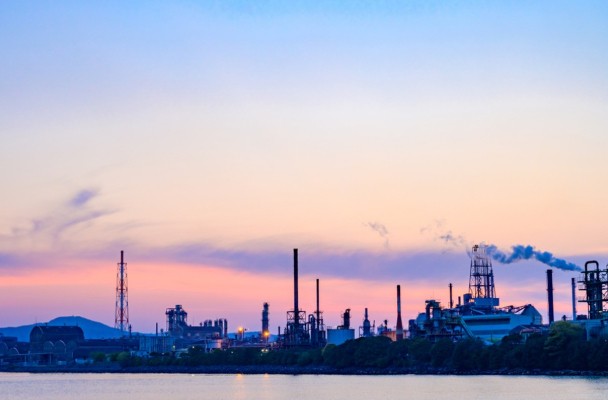
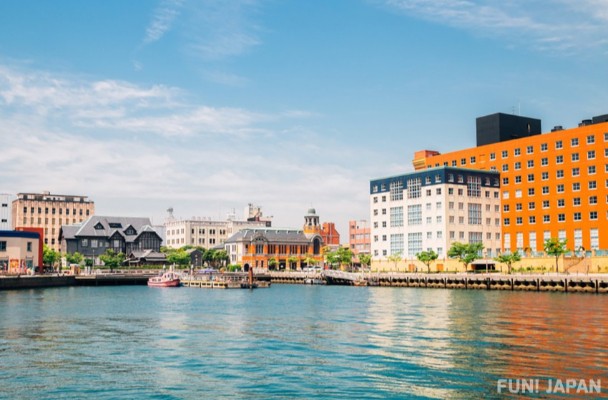
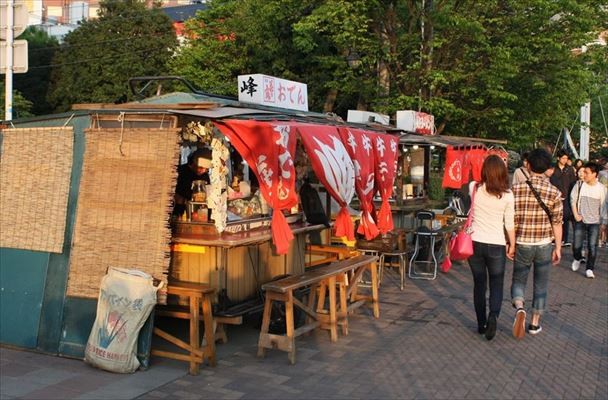
Comments